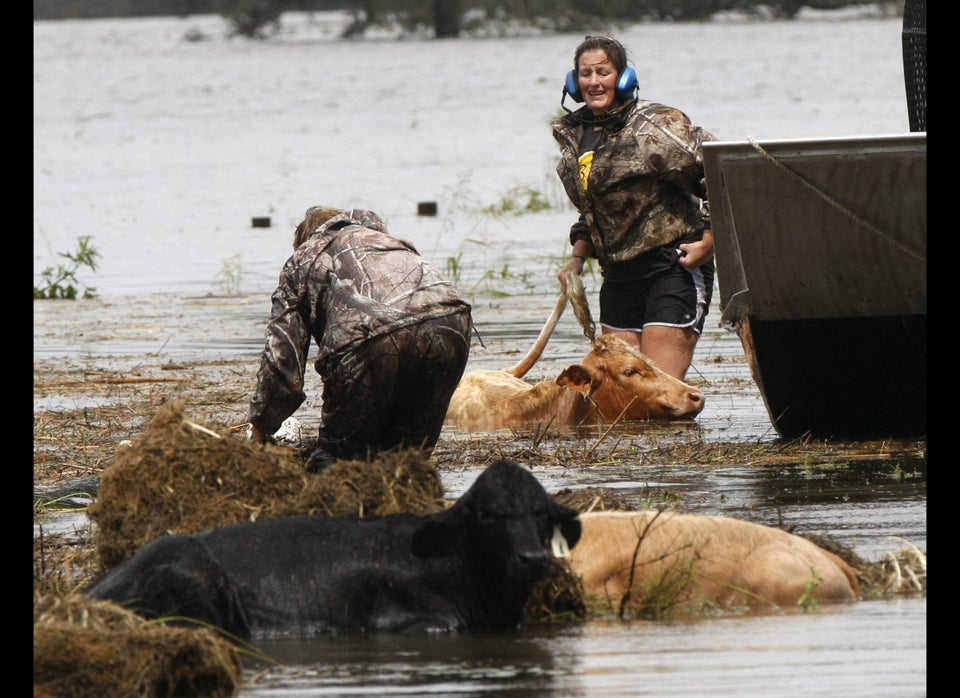
Despite locally drenching rains from the remnants of Hurricane Isaac, the worst drought in more than 50 years is still firmly entrenched across much of the U.S.
According to the new U.S. Drought Monitor, released Thursday, the numbers didn’t change dramatically across the country, but the locations of the worst drought conditions did shift.
The remnants of Isaac eased the dryness dramatically in Arkansas, Missouri, Illinois, and Louisiana, while rains also moistened states in the mid-Atlantic and Southeast.
But to the west, 100-degree-plus temperatures and a continued lack of precipitation pushed Oklahoma, Texas, Nebraska, Kansas and the Dakotas deeper into drought. Wyoming and Montana also got drier, but rain in Colorado improved conditions slightly.
What all of that means for the nations suffering farmers is that the drought remains dire.
According to the U.S. Department of Agriculture, only 22 percent of the U.S. corn crop in the 18 biggest-producing states was in good or excellent shape, while 52 percent was in poor or very poor shape. For soybeans, 37 percent of the crop in the 18 biggest-producing states was considered poor or very poor.
The drought monitor showed that through Tuesday, 63.39 of the land area of the Lower 48 states was suffering under some level of drought, compared with 62.89 percent the week before.
The area under “exceptional drought” -- the most severe level – covered 6.14 percent of the nation’s land area, up slightly from 6.04 percent the previous week.
Add in the slightly less intense category “extreme drought” and the percentage was 21.45, down a bit from the 23.18 percent a week earlier. Adding “severe drought” brings the number up to 42.48 percent, virtually unchanged from the previous week’s 42.34.
The addition of “moderate drought” accounts for the rest — although if you add areas considered “abnormally dry,” only 22.54 percent of the Lower 48 qualified as having normal levels of moisture. Again, that represents very little change from the previous week’s figure of 22.31 percent.
